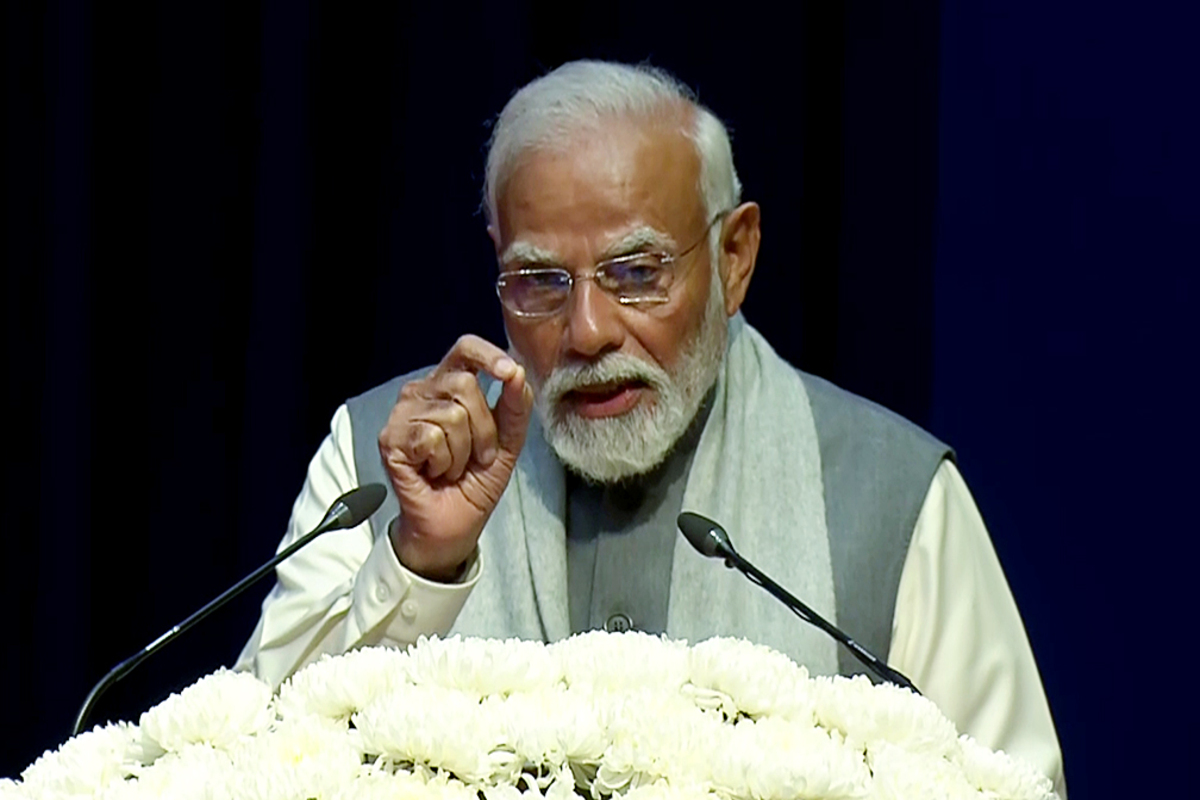In the wake of Prime Minister Narendra Modi’s bold pledge for India to achieve net-zero carbon emissions by 2070, the country is setting sail on a transformative journey toward green shipping. The recent announcement by the shipping secretary, T. K. Ramachandran, signals a commitment to convert the entirety of coastal and inland waterways transportation to renewable energy within the next five years. This ambitious initiative not only resonates with the global push for environmental sustainability but also signifies India’s determination to lead the charge in reducing the waterway transport industry’s carbon footprint. As the world grapples with climate change, the shipping sector has emerged as a significant contributor to greenhouse gas emissions, accounting for about 3 per cent of global CO2 output. India’s commitment to achieving sustainability in this domain not only aligns with broader international goals but also positions the nation as a key player in addressing environmental challenges.
The current state of India’s renewable energy adoption in major ports, estimated at less than 10 per cent, underscores the urgency of this green transition. However, the proactive approach, including the addition of 5,000 new vessels over the next decade and the launch of the first Indian-made hydrogen-run ferry, showcases a clear intent to accelerate the pace of change. Warship maker Garden Reach Shipbuilders and Engineers’ plans to develop green energy vessels utilising solar power and batteries further exemplify the innovative spirit driving this transformation. The introduction of the Maritime Development Fund is a noteworthy stride in supporting the industry’s shift towards sustainability. By fostering the development of green vessels and ports, India aims not only to reduce its carbon footprint but also to bolster its shipping and inland water transport sector. This strategic investment not only serves national interests but also aligns with global initiatives to adhere to the International Maritime Organisation’s target of reducing overall greenhouse gas emissions from ships by 50 per cent by 2050. A particularly promising aspect of India’s green shipping vision is the plan to establish green hydrogen hubs at strategic ports like Kandla, Thoothukudi, and Paradip. Green hydrogen, produced through renewable energy sources, holds immense potential as a clean fuel for the maritime industry. India’s ambitious target of producing 5 million metric tons of green hydrogen annually by 2030 signifies a broader commitment to fostering a sustainable energy ecosystem.
Advertisement
The envisioned shift to green shipping is not merely an environmental gesture but a strategic economic move. India, as Asia’s third-largest economy, recognises the importance of fostering a sustainable and resilient shipping industry. The Maritime Development Fund, coupled with the deployment of green energy vessels, positions the country to become a hub for eco-friendly maritime activities. As the nation navigates these uncharted waters, it sets a compelling example for others to follow. The journey towards green inland water transport is not just a voyage for India but a collective endeavour towards a cleaner, more sustainable maritime future.









